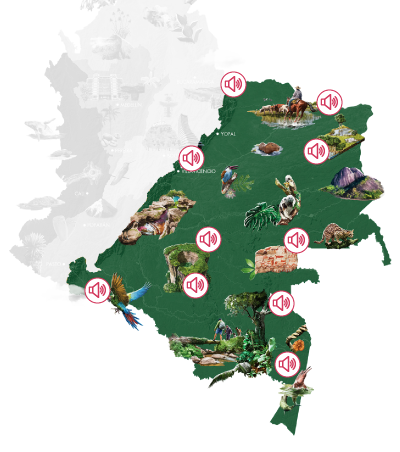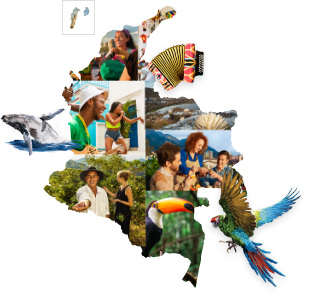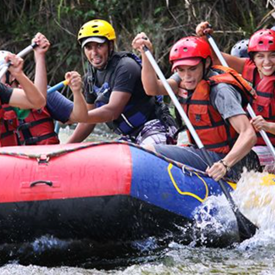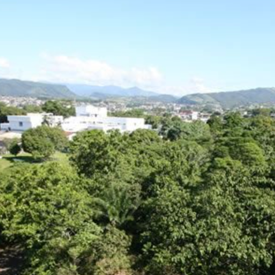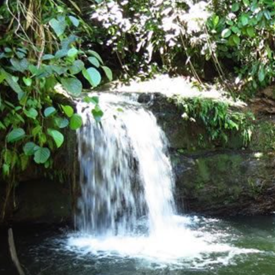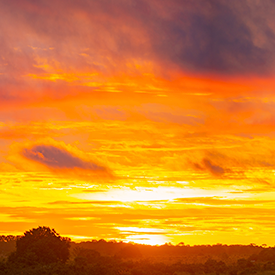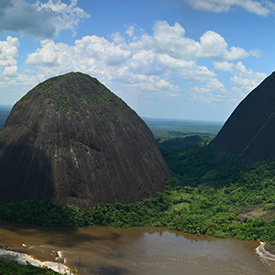Guainía, a territory with jungles and rivers to discover
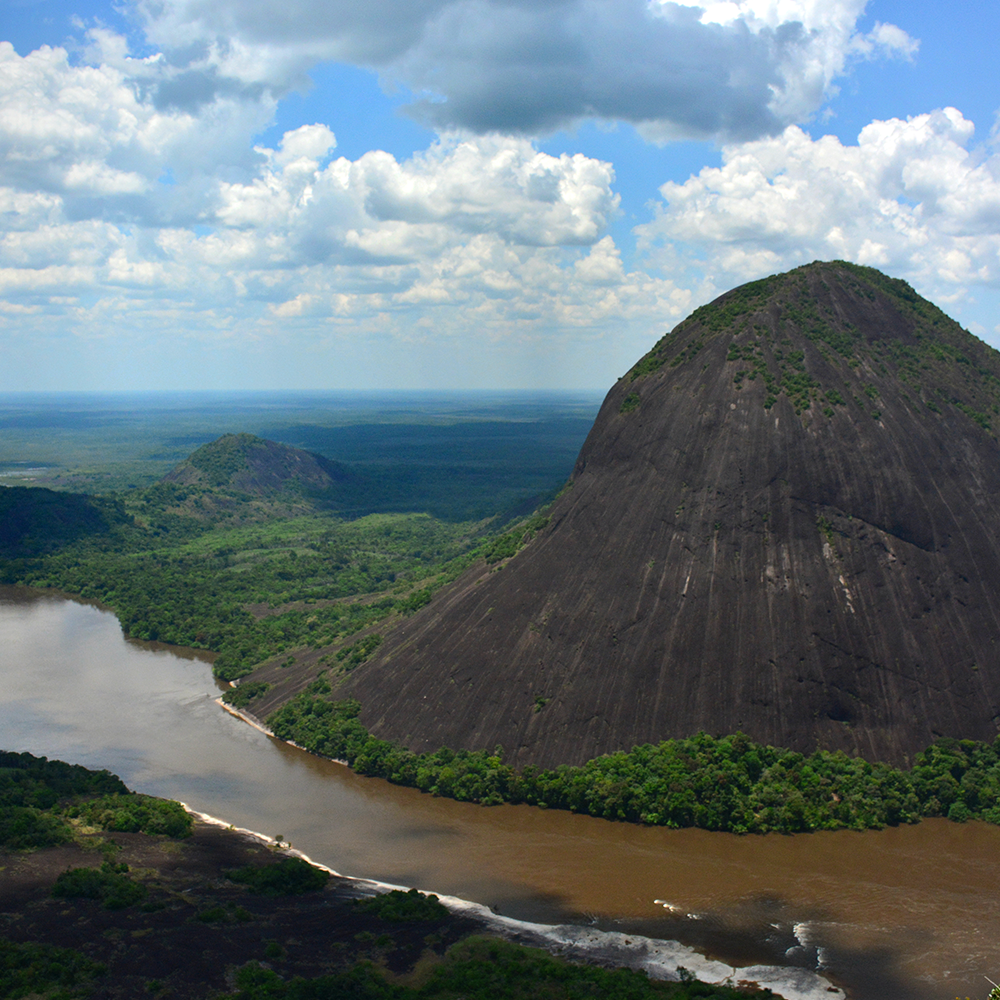
Photo caption: The Cerros de Mavecure, located on the banks of the Inírida River, are one of the main sites of interest in the department of Guainía.
Credit: Alekyjas // Shutterstock.com
Guainía is a department with a number of water sources and an unexplored natural wealth that must be preserved.
The department of Guainía, belonging to the region of the Colombian Amazon-Orinoquía, is a little-known land whose main tourist attractions are crossed by a number of water sources. The the ancestral knowledge and practices of its indigenous communities is another big draw here. It is also part of natural heritage a diverse flora and fauna that waits to be discovered by its visitors.
Nature in all its splendor
The rivers represent a great tourist attraction of the department, as well as the means of transport and supplier of food for many of its inhabitants. On the banks of the Inírida River are the hills of Mavecure, a set of three large rocks: Pajarito, Mono and Mavicure, where the puinave indigenous community lives. Their relevance is such that they are represented on the coat of arms of the department and their imposing landscape has become a symbol of the region.
Puinawai National Nature Reserve is another destination to explore. It is the second largest national natural reserve of the System of National Natural Parks of Colombia, where 44 communities have been identified that make direct use of the protected area and a diversity of savannas, forests, flora and fauna, unique in the country, which very few have had the privilege of knowing.
Featured: Download the magazine about the department of Guainía, in which other natural resources of the region are located.
Ancestral Knowledge
The department of Guainía has multiple indigenous communities that, from their ancestral knowledge, narrate myths about the places and species that inhabit the territory, and invite you to preserve and value their wealth from a different worldview.
The department of Guainía has multiple indigenous communities that, from their ancestral knowledge, narrate myths about the places and species that inhabit the territory, and invite you to preserve and value their wealth from a different worldview.
Outstanding quote: To be a healer within the Puinave ethnic group requires some characteristics: concentration, observation and interest. Teaching is given when the teacher or elder identifies the person who is profiled for this type of learning.
The Guhiba ethnic group, on the other hand, is an expert in the planting, care, collection and processing of bitter cassava, which is used to make handicrafts and so that it can be suitable for human consumption. And the Piapoco ethnic group, with a strong presence in the city ofInírida, articulates agriculture with fishing and hunting.
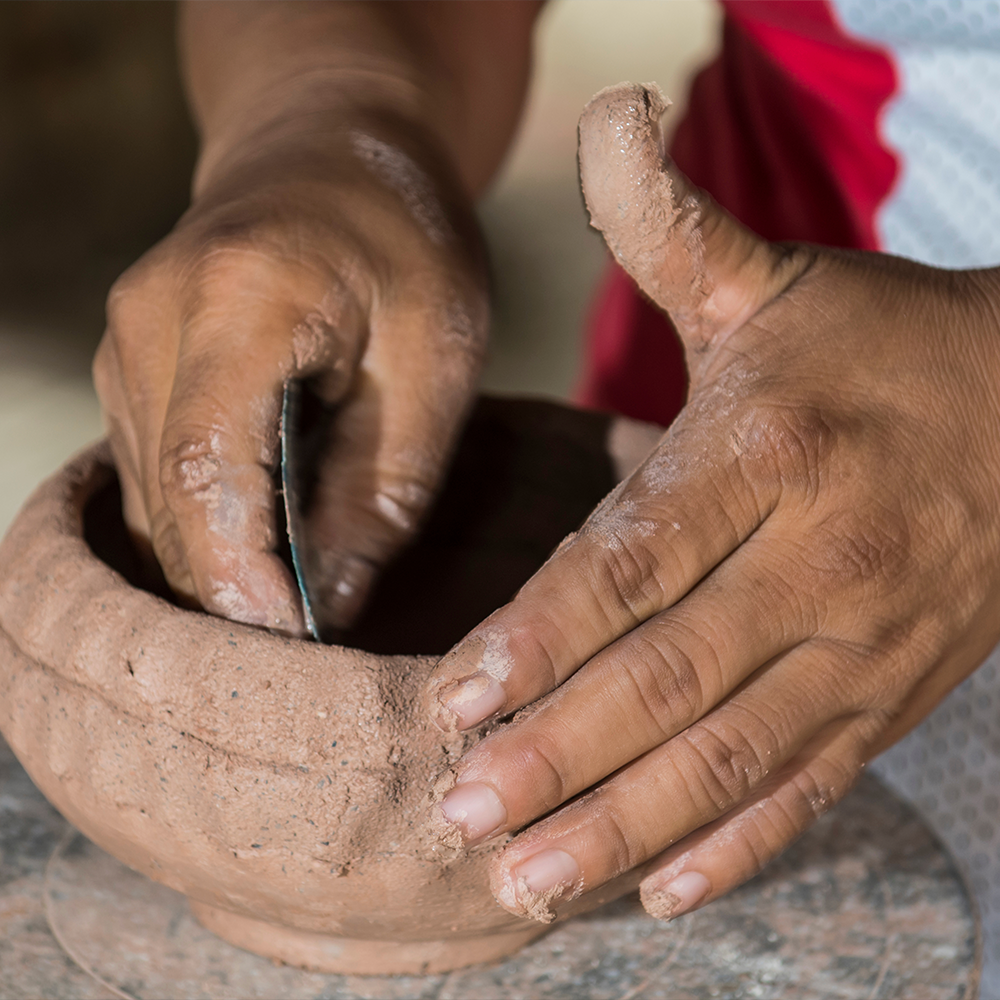
Credit: Oscar Garces // Shutterstock.com
Photo caption: Women of the Piapoco ethnic group practice pottery. They make the púali or "budare",a large pan for roasting cassava starch. Also clay pots and cups for sale.
Ecological projects
In the department of Guainía, productive and ecological projects have been developed that benefit the community and its territory, which have also opened spaces for tourism.
The Ruta de la miel de abejas sin aguijón is an indigenous community of Guainía that uses insects as the basis of a productive project that generates income for the families involved and an alternative care for the environment. In the process, its inhabitants learned that they should not knock down the hives to extract the honey.
Highlight: Get to know the magazine about the department of Guainía to know other initiatives that its inhabitants are developing to bring responsible tourism to the region.
Another of the initiatives proposes that the children of Guainía learn to recognize their territory, their ancestral and natural wealth, so that they can appropriate it and later continue to reproduce this knowledge with future generations and through tourism.
Finally, there has been an interest on the part of the inhabitants of Guainía to investigate the practices and knowledge that exist in the territory to continue reproducing them and that they can be disseminated with tourists who arrive in the department. The preservation and reproduction of those endemic species of the department has also been sought so that they are more visible to tourists and extinction is avoided.
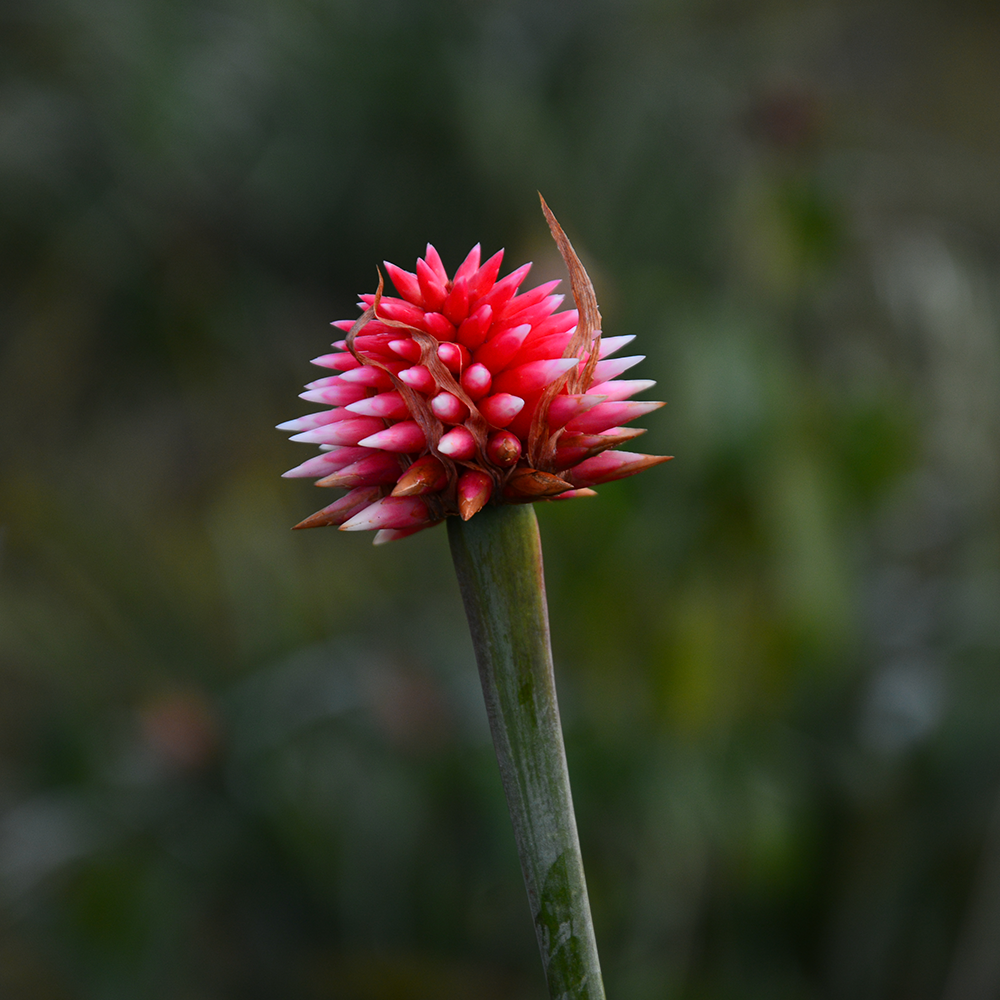
Photo caption: The Inírida flower is a species that only reproduces in this geographical area thanks to the unique conditions that occur there.
Crédito: Julio Duarte // Shutterstock.com




